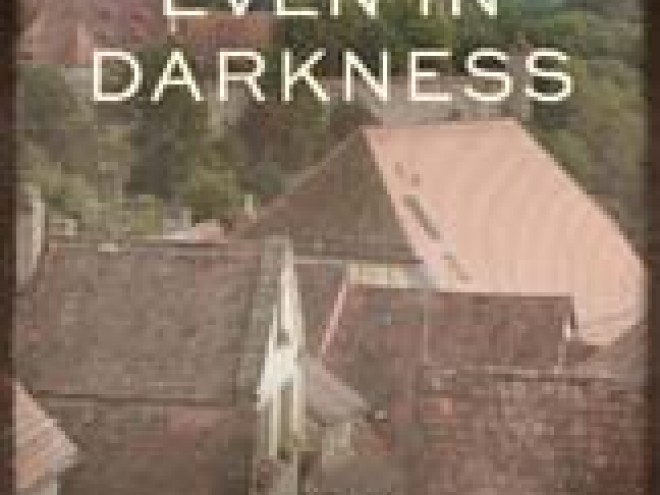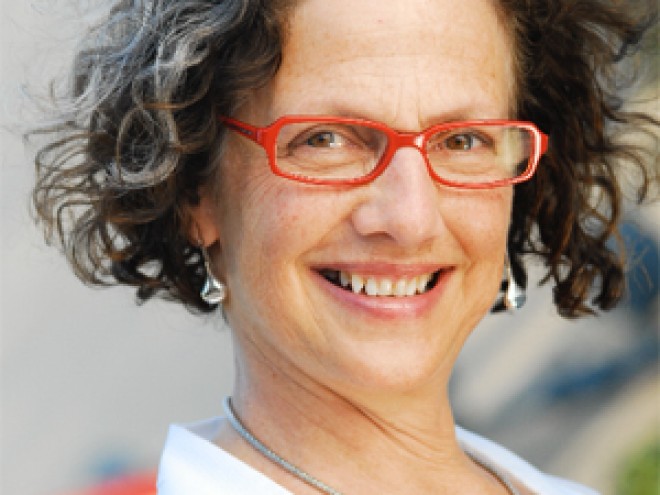This historical novel traces the journey from Portugal to Germany, via France and Italy, of Isabela, a fourteen-year-old New Christian, or Converso. She lives with her parents in Abrantes, Portugal, working alongside her mother, a professional seamstress. Isabela is not privy to their past lives as Jews, having been raised as a faithful, church-going Christian.
The two women embroider fabrics for the church’s vestments and wealthy clients who have been recommended by their Christian community leader, Padre Alvaro. He has become obsessed with actively seeking out New Christians who may be heretics secretly practicing bits of their Judaism passed down from previous generations. Alvaro is suspicious of everyone and threatens the punishments of hanging in the public square or burning at the stake.
Isabela’s father, Gabriel de Castro Nunez, has quietly left their home to try to establish a safe haven for his wife and daughter, using his work as a traveling businessman as an excuse. When Isabela’s mother dies from a pandemic sweeping the city, Isabela is left alone to provide for herself by continuing to embroider for the church, with only her best friend, David de Sousa, who has had to replace his father as the head of his household. David, aware of the danger posed by his family’s Jewish past, tries to convince the New Christian community to flee the Inquisition. His mother has become a devout Christian who refuses to leave, and he takes on the responsibility of protecting his two younger sisters.
David uses a secret network of sympathetic and charitable Christians who are against the laws of the Inquisition to escape toward safety through a system of safe refuges. Isabela uses her sewing skills to create signs with secret symbols alerting others about safety or danger. He and Isabela travel on separate journeys, praying to meet up soon somewhere viable.
The author names many people and places, and has provided a map of the routes taken by various characters and a description of exactly who they are.
In addition, the epilogue describes the author’s personal connection to this historical period. She delved into genealogical research and found an ancestor born in the same town as Isabela in 1586, who died in Hamburg in 1655. This sparked the author’s creativity as she followed the trail to many of the places so richly depicted in her writing.
This story about an extremely difficult period five hundred years ago is relevant to today’s religious and political climate. The current news about the fate of refugees and movements of populations throughout the world includes affected Jewish communities. There are lessons to be learned about compassion — for both one’s own people and strangers — and about risking one’s personal safety in order to help others survive in exceedingly challenging times.
Miriam Bradman Abrahams, mom, grandmom, avid reader, sometime writer, born in Havana, raised in Brooklyn, residing in Long Beach on Long Island. Longtime former One Region One Book chair and JBC liaison for Nassau Hadassah, currently presenting Incident at San Miguel with author AJ Sidransky who wrote the historical fiction based on her Cuban Jewish refugee family’s experiences during the revolution. Fluent in Spanish and Hebrew, certified hatha yoga instructor.




